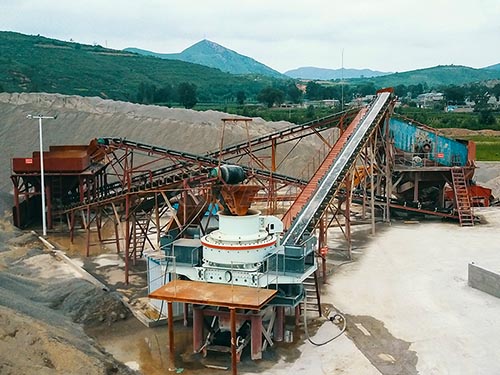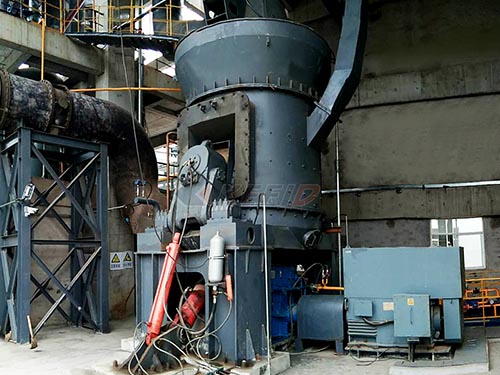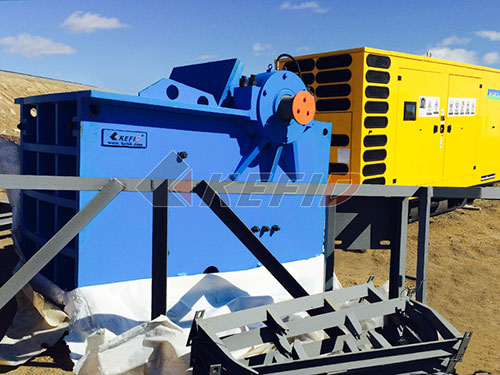The Process of Crushing in a Jaw Type Crusher Plant: A Detailed Look
The jaw crusher stands as the cornerstone of primary crushing in countless aggregate and mining operations worldwide. Its robust design and relatively simple operating principle make it exceptionally reliable for reducing large, hard rocks into manageable sizes for further processing. Understanding the precise process of crushing within this vital machine is key to optimizing plant performance and efficiency.
1. The Heart of the Machine: The Crushing Chamber
The core action occurs within the crushing chamber, formed by two vertical jaws:
Fixed Jaw (Stationary Die): Rigidly mounted to the crusher frame, providing a stable surface against which rock is crushed.
Swing Jaw (Movable Die): Mounted on an eccentric shaft, this jaw moves in a highly predictable elliptical path relative to the fixed jaw. This motion is driven by a motor connected via belts or direct drive to the eccentric shaft.
2. The Crushing Cycle: Step-by-Step

The crushing process unfolds continuously as material feeds into the top of the chamber:
Stage 1: Intake & Initial Compression
Large rocks (feed) enter the top of the crushing chamber through a vibrating grizzly feeder or directly from a loader bucket.
As the swing jaw moves towards the fixed jaw (the closing stroke), it exerts compressive force on any rock trapped between the two jaw plates (dies).
This initial compression initiates cracking and breaking of larger pieces.

Stage 2: Progressive Reduction & Attrition
The compressive force intensifies as the swing jaw continues its closing stroke. Rock particles are squeezed between the converging jaws.
Simultaneously, smaller particles trapped lower in the chamber experience further crushing and grinding action due to attrition – particles rubbing against each other and against the jaw surfaces.
The geometry of the chamber (wider at the top, narrower at the bottom) ensures that rock fragments are progressively reduced in size as they move downwards under gravity and by being pushed by incoming feed.
Stage 3: Discharge
As the swing jaw moves away from the fixed jaw (the opening stroke), space opens up at the bottom of the chamber.
Crushed material that has been reduced to a size smaller than the gap at this lowest point – known as the Closed Side Setting (CSS) – falls freely out of the

Leave a Reply